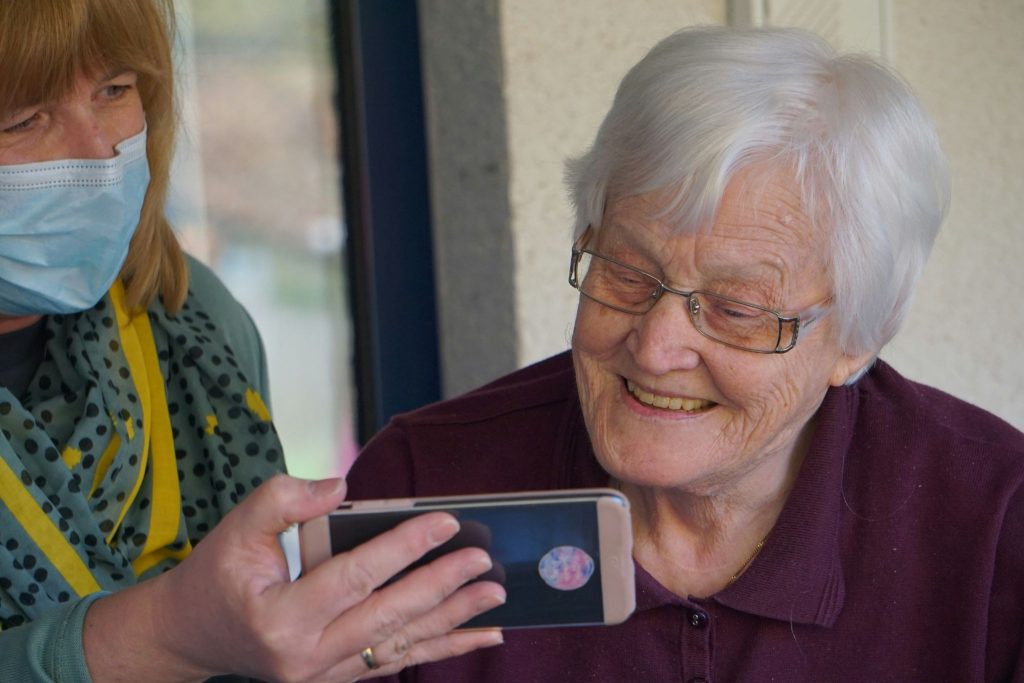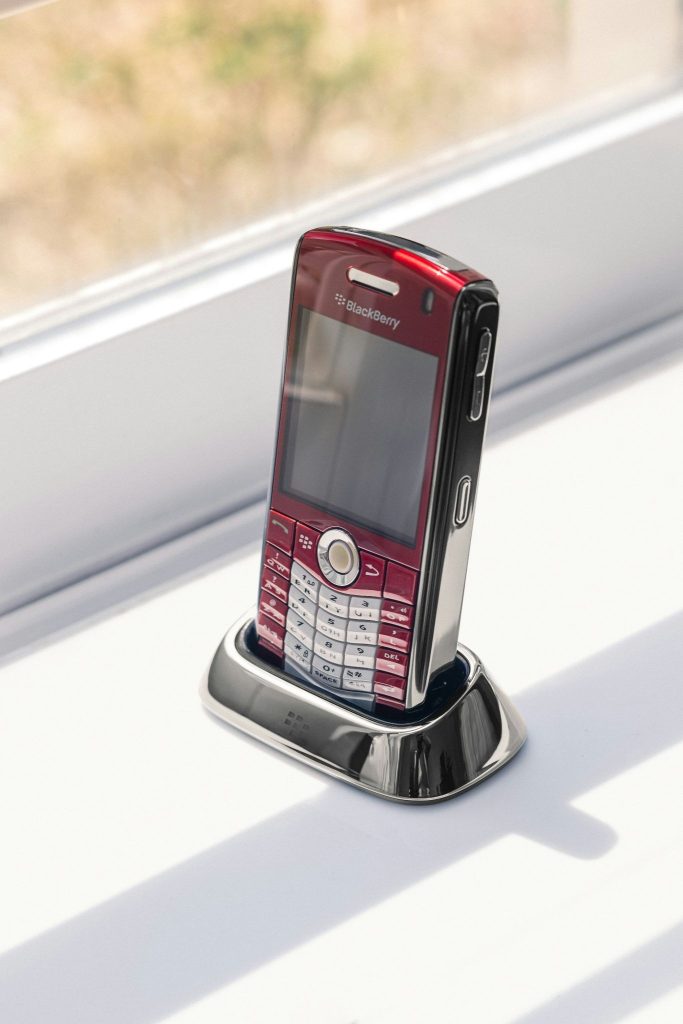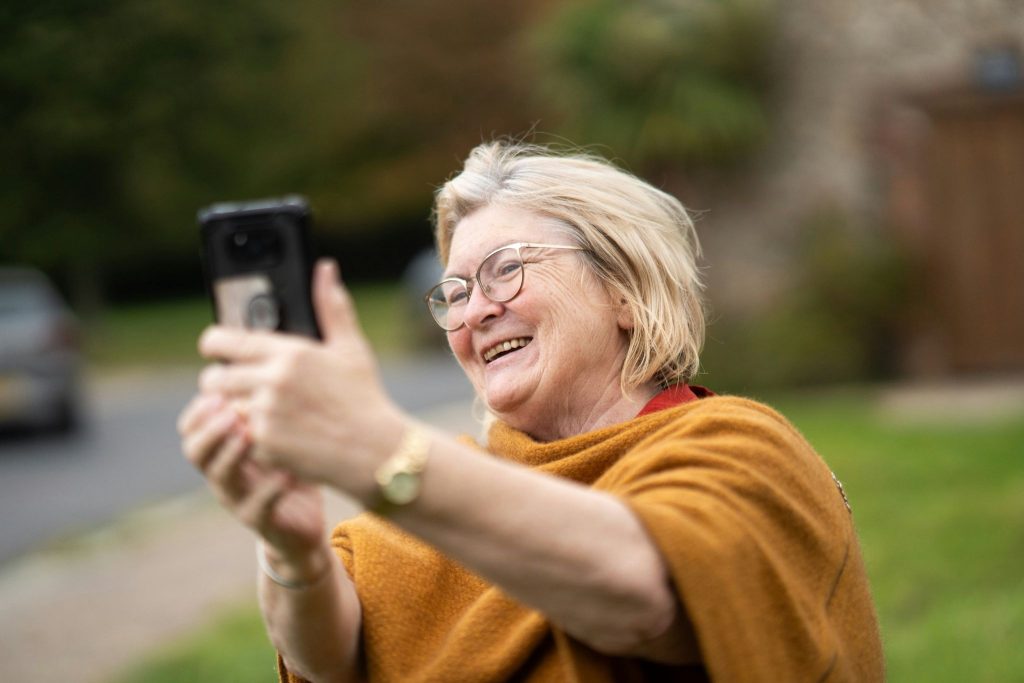
Choosing a phone for a senior loved one isn’t just about specs — it’s about clarity, comfort, safety, and the features they’ll actually use. Below is a short buyer’s guide and carefully chosen picks that balance ease-of-use with the ability to stay connected, entertained, and safe.
What matters most for senior-friendly phones

Before model names, think about features:
- Simple interface & large text/buttons. If reading menus is hard, big icons and large fonts matter more than megapixels.
- Loud, clear sound and hearing-aid compatibility. Many phones list HAC ratings — check those if hearing aids are used.
- Emergency help options. Dedicated SOS/fall-detection or easy integration with medical-alert services can be life-changing.
- Battery life and one-touch charging. Long battery life and docks or easy ports reduce daily friction.
- Durability and call quality. A sturdy flip or basic phone is often better than a fragile flagship for everyday use.
- A path to grow (optional). Some seniors want a simple flip phone now but might later want a smartphone for video calls or medication apps.
Top picks (short list & why)
1) IRIS Easy Flip (Consumer Cellular) — Best budget, truly simple flip phone
Why it stands out: large tactile buttons, an uncluttered menu, loud earpiece, and a price that won’t break the bank. It’s a no-frills flip that focuses on calls and texts — perfect for someone who wants a phone to “just work.” Many senior-review sites list this as a top budget pick.
2) Jitterbug Smart4 (Lively) — Best “easy” smartphone with senior-friendly software
Why it stands out: it’s a full touchscreen smartphone but simplified with large icons, a straightforward menu, and excellent caregiver/medical support options. If the user wants video calling, apps, and a phone that still keeps things simple, the Jitterbug Smart4 is frequently recommended.
3) Jitterbug Flip2 (Lively) — Best flip phone with medical-alert integration
Why it stands out: combines big buttons and a simple flip design with built-in access to medical-alert services (fall detection and emergency response through Lively). Great for seniors who want a basic phone but also want the reassurance of emergency monitoring.
4) RAZ Memory Cell Phone — Designed for cognitive impairments / memory support
Why it stands out: made specifically for people with memory loss — extremely simple interface, caregiver-programmable speed dial, photo contacts, and reminders. If cognitive assistance is a priority, this is purpose-built for that need.
5) Apple iPhone (recent/SE) or mainstream Android (Moto G / Samsung Galaxy) — For seniors who want power + accessibility
Why it stands out: modern iPhones and Android phones have excellent accessibility features (voice control, large text, hearing-aid support, magnifier, Live Listen, large display options).
If a senior is comfortable with some learning or has a caregiver who’ll help set it up, an iPhone SE or an accessible mid-range Android (e.g., Moto G series) gives future-proofing and powerful accessibility tools. Senior reviewers often include these as “if you want a smartphone” options.
Quick buying tips
- Try before you buy: If possible, bring the senior to a store to hold phones, test the keypad, and read text on the screen.
- Set it up for them: Turn on large text, increase volume limits, add emergency contacts and medical ID, and create photo speed-dials for key contacts. Many carriers offer setup help.
- Consider a plan with support: Some carriers (and specialist services like Lively) offer bundled monitoring/assistance for an extra fee — worth it for peace of mind.
- Look for hearing-aid compatibility (HAC) and loudness specs if the user has hearing difficulties.
- Durability & simple charging: A flip form factor or a charging dock reduces fumbling and accidental drops.
When to pick a flip/basic phone vs. a smartphone

- Flip/basic phone: Best if the senior primarily needs calls and texts, prefers physical buttons, or has limited tech interest. Lower cost, better battery life, often built-in SOS.
- Smartphone: Best if they want video calls, internet, reading, medication apps, or to use accessibility tools (e.g., voice commands, magnifier). Requires slightly more hands-on setup and occasional guidance.
Final thoughts
There’s no single “best” phone for every senior — the right choice depends on hearing and vision needs, cognitive load, and whether emergency monitoring is desired. For most people looking for simple, reliable solutions, the IRIS Easy Flip or Jitterbug Flip2 cover the basics brilliantly.
For seniors who want a gentle step into modern features, the Jitterbug Smart4 or an accessibility-configured iPhone/Moto G give a comfortable bridge to apps and video calling. If memory support is crucial, the RAZ Memory Cell Phone is purpose-built for that role.

A lot of thanks for all your valuable work on this web page. Debby take interest in carrying out investigations and it is obvious why. My partner and i know all relating to the lively tactic you create valuable tips and tricks through the web site and even increase contribution from other people on that point then our own child is really studying so much. Enjoy the remaining portion of the year. You’re conducting a great job.